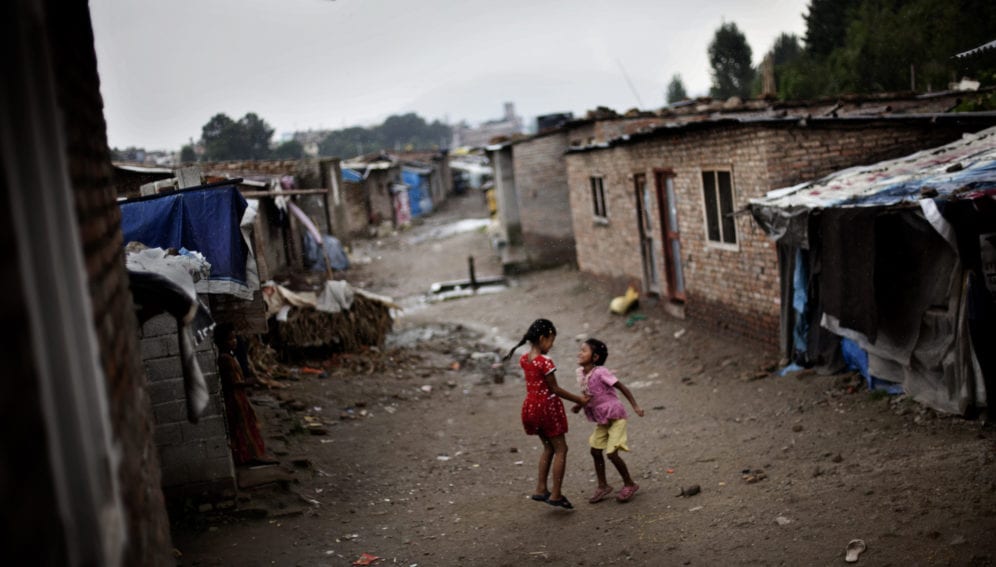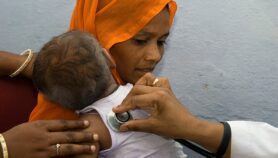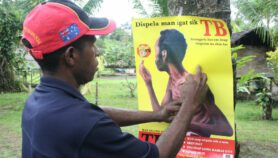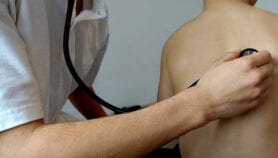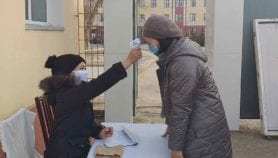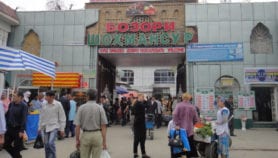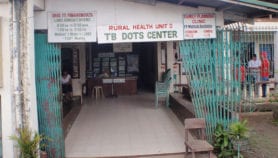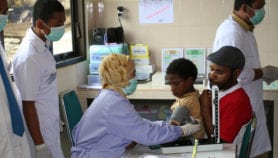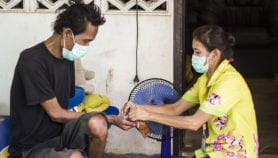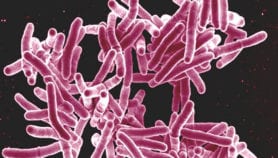By: Justin Petrone
Send to a friend
The details you provide on this page will not be used to send unsolicited email, and will not be sold to a 3rd party. See privacy policy.
[KATHMANDU] A public health programme in Nepal shows that TB detection can be improved by combining a next-generation test with a mobile strategy that proactively takes testing to high-risk groups.
According to a study of the programme, published June in Public Health Action, scientists from the Health Research and Social Development Forum (HERD), a Kathmandu-based non-profit, travelled to urban slums and other vulnerable areas of the capital to test those at risk with the Cepheid polymerase chain reaction-based Xpert MTB/RIF test.
Sudeepa Khanal, health systems manager at HERD and lead author of the study, says TB is a major health problem in Nepal, with roughly 45 per cent of the total population infected. The National Tuberculosis Programme (NTP) first sought to improve detection by using the Xpert test five years ago but the case notification rate has “remained stagnant,” she says.
Caused by Mycobacterium tuberculosis, TB mainly affects the lungs and, less frequently, glands, skin, bone, abdomen and brain. Social stigma associated with TB in Nepal is known to be a reason for avoidance of tests or treatment.
“Low TB-case detection, particularly among poor and marginalised groups, remains one of the primary strategic challenges faced by the NTP,” Khanal said.
With funding from the international Stop TB Partnership, HERD initiated “an innovative strategy to reach the unreached,” Khanal said. “The organisation visited 22 urban districts, and applied the Xpert test to urban slum dwellers, factory workers, prisoners, refugees, monks and nuns, people living with HIV/AIDS, and household contacts of TB patients and diabetics.”Of the 145,679 people screened over two years, 28,734 had presumptive TB and 1,239 were diagnosed as positive. Yields were highest among people living with HIV (6.1 per cent), household contacts of those with TB (3.5 per cent) and slum dwellers (0.5 per cent).
Based on HERD’s experience, Khanal advocates “locally tailored intervention” to reach various target groups. She said the study “contributed to early case detection in the community and reduced the delay in healthcare seeking behaviour as the service has been provided at the doorsteps of the intended group.”
Khanal stresses that the HERD study demonstrates the utility of the Xpert test in a mobile setting, compared to traditional approaches like sputum smear microscopy, or culture, which can take up to three months to develop.
Khanal advocates integrating the Xpert test into the NTP system as something that can be accomplished “without considerable investment or resources.”
Sunil Pandey, a microbiologist at Pokhara University, says that rapid TB diagnostics, like Xpert, have not been fully implemented in Nepal because the government “has not shown a keen interest in establishing Xpert diagnostic centres in Nepal.”
According to Pandey a need exists for mobile units to test more people in Nepal, and also raise awareness of such testing programmes.


